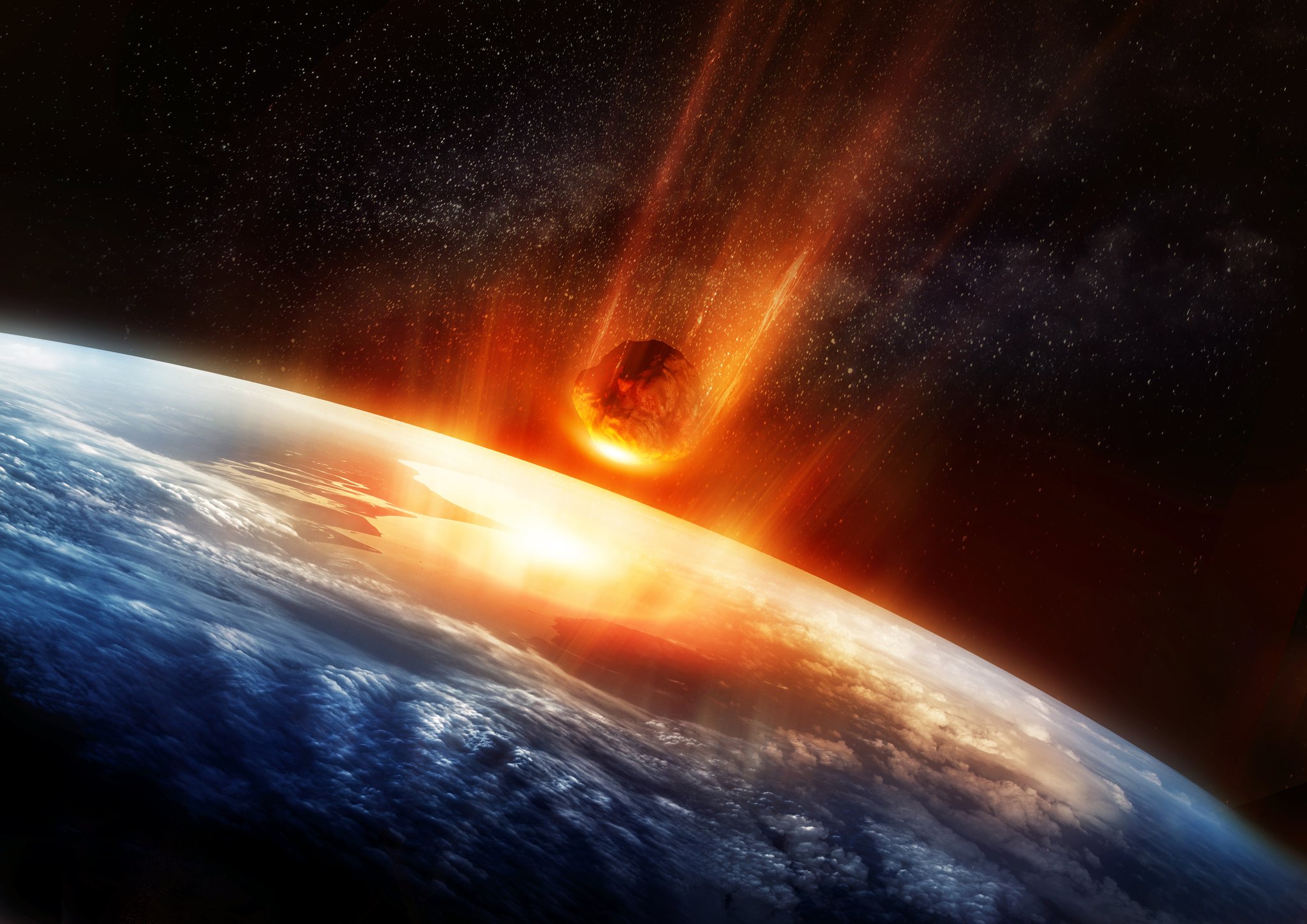Asteroid 2012 DA14 will pass safely by Earth on February 15, 2013. Despite the many news headlines and media stories, there is no chance of a collision with the asteroid, says NASA’s Near-Earth Object Program Office.
The trajectory of asteroid 2012 DA14 is well understood, and it is not a threat to Earth for the foreseeable future.
Asteroid 2012 DA14 will safely pass Earth on February 15. Image credit: NASA/JPL
On Feb. 15, asteroid 2012 DA14 will pass by our planet at a remarkably close distance, about 17,200 miles (27,000 kilometers), which is only about 1/13th of the distance to the moon. Because its orbit is so close to Earth, the asteroid will be visible for just a brief time at early dawn on that date. It will rise in the east before sunrise and appear highest in the south shortly after local midnight.
RELATED POST: The THRILLING First Half Of Season 4 Sets Up A Devastating Conclusion In Ozark.
Asteroid 2012 DA14 poses no threat of impact with Earth for at least 100 years.
Don Yeomans, who is retiring as manager of NASA’s Near-Earth Object Program Office at the Jet Propulsion Laboratory in Pasadena, Calif., after 16 years in the position, said, “This asteroid’s orbit is highly uncertain and will be difficult to find.
We’ll be able to detect an asteroid when it passes close to our planet. When NASA detects and tracks asteroids and comets approaching Earth using both ground and space-based telescopes, one of our asteroid search telescopes might locate it. The objects are discovered, characterized, and plotted into orbit by the use of ground and space-based observatories.

While none of the known asteroids or comets is on a collision course with Earth, this near-Earth asteroid’s close approach creates a unique opportunity for researchers to observe and learn more about asteroids.
The Goldstone Solar System Radar, located in California’s Mojave Desert, will watch the asteroid on February 16, 18 and 19. Because of its trajectory, Goldstone is the only facility in the world that can identify and track this object as it comes closer to Earth.
As of January 2013, there are 1,885 potentially hazardous asteroids (PHAs) detected to date. An estimated population of 10,000 PHAs larger than 3,280 feet (1 kilometer) is estimated. Of the PHAs larger than 1 kilometer in size whose orbits sometimes come very close to Earth’s orbit, fewer than one percent have been found.
On average, one new small asteroid that could be potentially hazardous to Earth is discovered every day.
To get more related content related to Entertainment, Technology, Windows Fixes, Do Follow Tremblzer. On Google News